Romantic Sparks
David Tattersall BSC / The Longest Ride
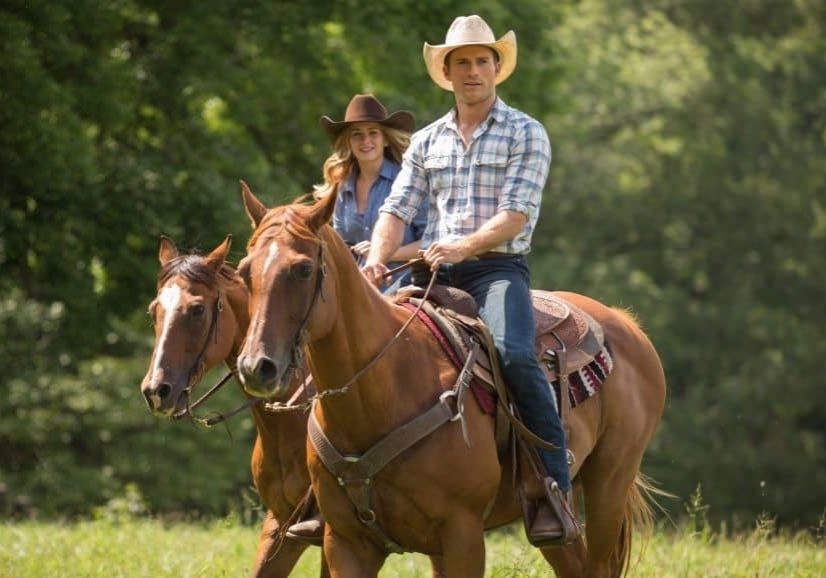
Romantic Sparks
David Tattersall BSC / The Longest Ride
After dealing with the supernatural in The Green Mile (1999), and James Bond in Die Another Day (2002), David Tattersall BSC’s varied career recently ventured into time-shifting romance with The Longest Ride (2015), based on Nicholas Sparks’ novel of the same name.
Directed by George Tillman Jr. [Men of Honour], the movie sees university senior Sophia (Britt Robertson) and Luke (Scott Eastwood), her bull-rider boyfriend, rescue Ira, an elderly man, (Alan Alda) from a car crash. Through a collection of uncovered letters they learn about the love affair he had with his deceased wife Ruth (Oona Chaplin) and their stories begin to interweave.
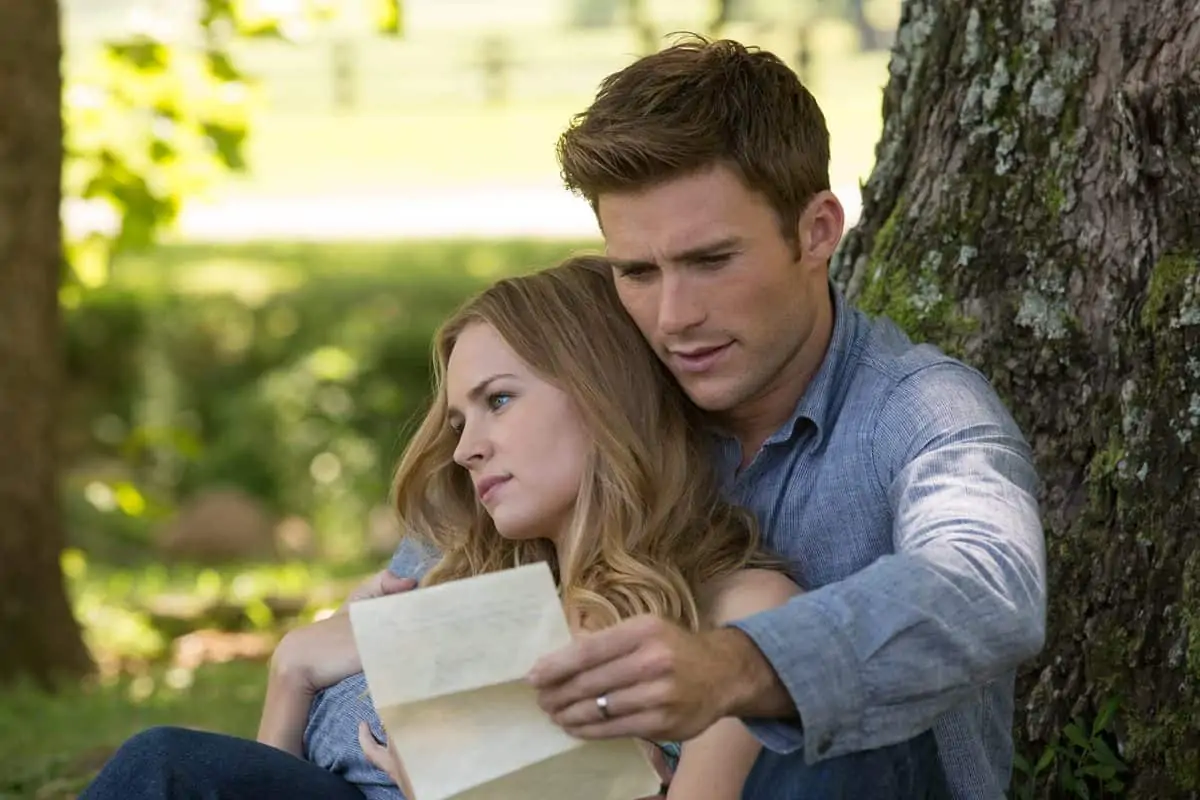
“George had mapped out the whole show in a five-inch-thick dossier of notes and stage directions. Every morning before blocking the day’s work, he would enthusiastically act out the scene in front of the cast and crew,” recalls the movie’s cinematographer David Tattersall BSC who was then able to organise the required coverage. “During prep George suggested that I put together a look book. It became our visual bible with inspirational images reflecting the complicated structure of the movie: the gritty, present-day world of bull riding, the fine art theme, romantic flashbacks from the ‘40s, ‘50s, and young Ira’s WWII memories. It had screen grabs from Herb Ritts music videos alongside Néstor Almendros freeze frames from Days Of Heaven (1978). There were also Pablo Picasso and Norman Rockwell sketches mixed together with a smorgasbord of photographic images from the portfolios of Richard Avedon, Lillian Bassman, Steve McCurry and Don McCullin.”
“A lot of the time spent with George during pre-production was about refining different photographic looks for our flashbacks,” reveals Tattersall. “We started thinking that a simple stone-washed sepia look created at the DIT station with a small degree of diffusion on the lens would work for the whole of young Ira’s [Jack Huston] and Ruth’s [Oona Chaplin] love story. It soon became apparent that some scenes worked better drifting towards cooler tones and others to a more or less saturated quality depending on the dramatic mood or art direction.”
“The present day storyline features the colourful world of bull riding with the cowboys, the buckle bunnies, and the garish razzamatazz of the Las Vegas World Championship competition,” explains Tattersall who shot ARRIRAW using a Fotokem workflow. “We crunched the colour in the DI to set this thread apart from young Ira’s story. The present-day camera approach was handheld and gritty to contrast with the scenes set in the ‘40s and ‘50s, which were more composed and shot on the on the dolly or floated dreamily on the Steadicam.” Connecting devices and wipes were devised to link the two different timelines. “One of the movie’s key props is a photograph, taken in a photo booth of Ira and his girlfriend Ruth just before he goes off to war. We used that photo often as a device to dissolve from flashback to present day and back.”
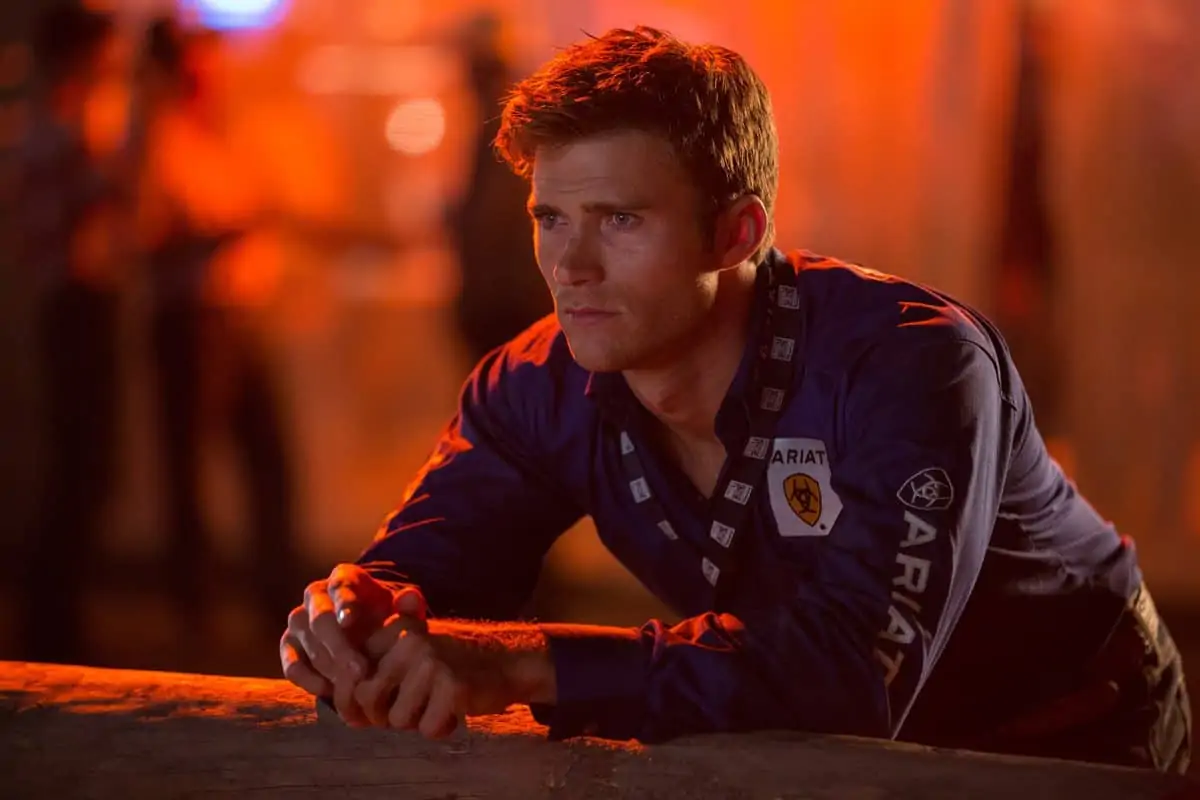
The Longest Ride was shot in North Carolina with two bases of operation being in Wilmington and Winston-Salem. Joe Dunton provided servicing and testing facilities while the camera rentals were done through Panavision. “The basic package was made of two Alexa XTs with Zeiss master primes and Angénieux Optimo zooms,” remarks Tattersall who expanded the camera equipment for the bull riding competitions held in a converted basketball stadium in Winston-Salem. “A bull ride is an event that is over in eight seconds or less. In order to extend the drama and tension George wanted to use slow-motion occasionally throughout the nine events leading to the finale sequence. We brought in two Sony F55 shooting at 250fps and the Phantom Flex shooting at 500fps.” Miniature cameras were also deployed. “We buried a bunch of GoPros in the sand in front of the bull cages and screwed others to the cage gate and fence posts. We got some insane footage of the bulls jumping out. We also tied GoPros to the riders and to the horns of the bulls looking back at the rider.”
Lighting equipment for The Longest Ride came from Bulldog Lighting, Filmwerks and Acme Lighting. Steve Thompson, who served as the gaffer for the production, came up with an intricate solution for illuminating the slow motion bull riding footage. “The lighting rig consisted of a 40' x 40' soft box with 400 x 1KW Parcans over a 1/2 grid-cloth frame,” explains Tattersall. “It produced enough firepower to shoot our Phantom camera at 500fps at T4. Suspended from the rig were also a collection of vari-lites used during the rock and roll style intro show, and adjacent 2 x rows of 10 Maxi-brutes for extra oomph! All of this kilo-wattage was cabled back to a ground level dimmer board for instant tweaking.”
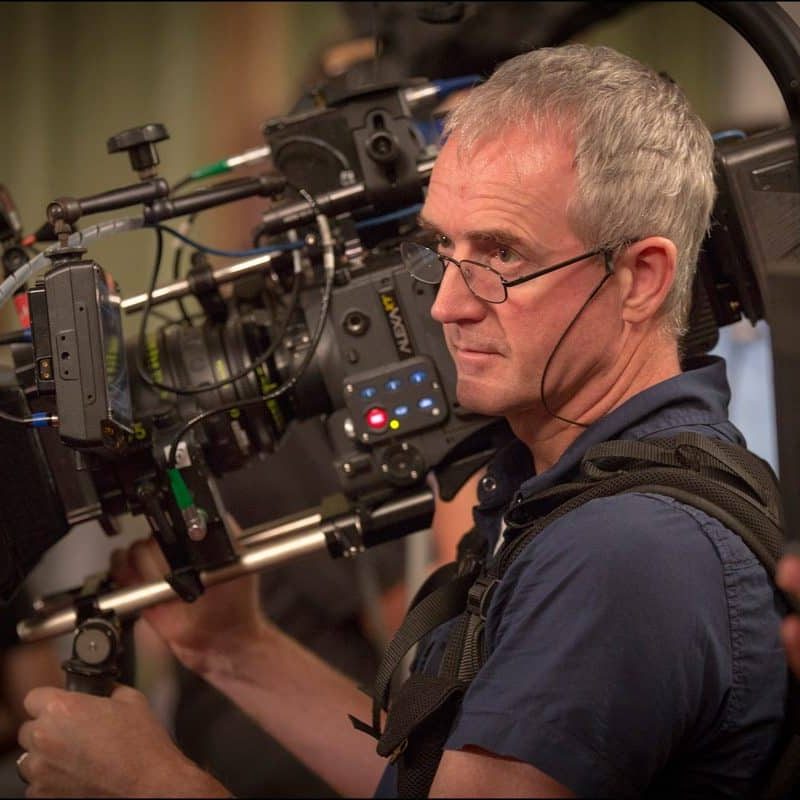
"The present-day camera approach was handheld and gritty to contrast with the scenes set in the ‘40s and ‘50s, which were more composed."
- David Tattersall BSC
“We shot French hours (shooting through the lunch break to gain an extra hour) to make the most of the eight or nine hours of darkness,” reveals David Tattersall who had to shoot the Battle Of The Bulge action sequence on Summer Solstice. “The special effects department ran smoke through a 300-yard line of plastic tubing to keep a consistent smoke screen on the horizon of our hilly location about 150 yards back from the cameras. This wall of hazy smoke provided a background that we could silhouette our foreground action against. Thirty 1Ks, on turtle stands spread over 300ft backlit the smoke, some on flicker dimmers simulating explosion effects other paired together and wiggled by an electrician to give it a kinetic movement as though they were the headlight of approaching tanks. The soldiers are running towards us through a barrage of explosions and pyrotechnics in the foreground. It had its own hellish look.”
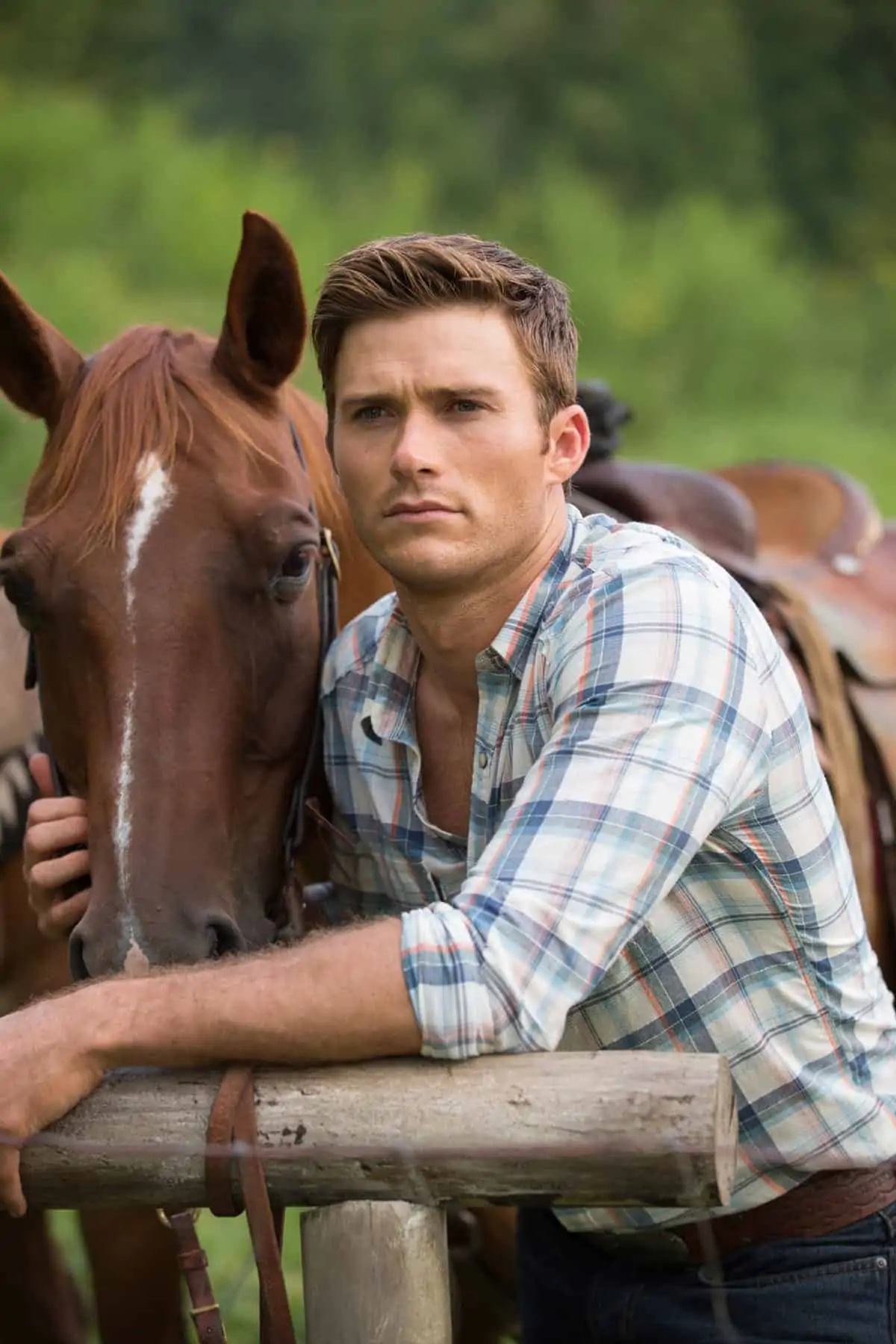
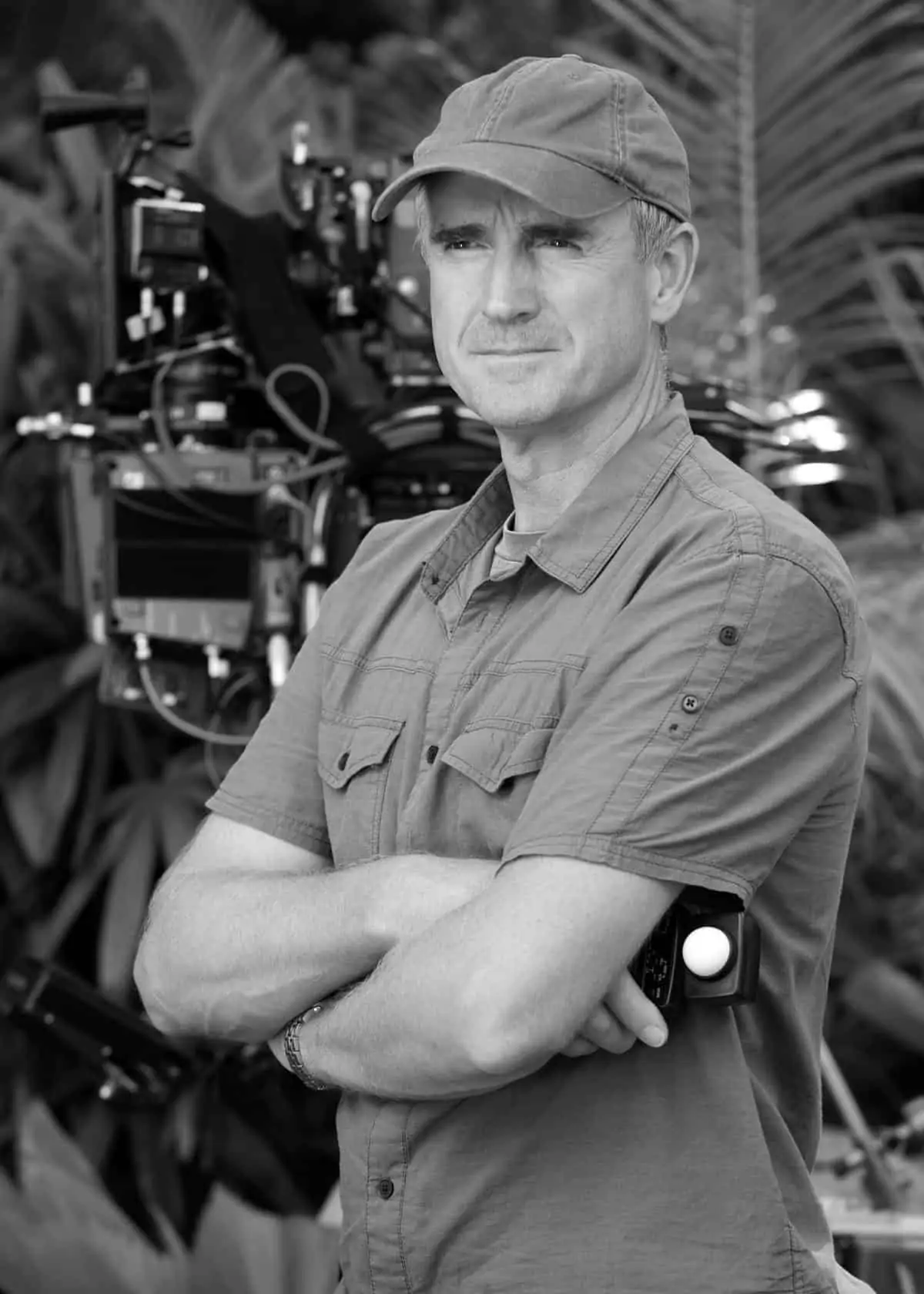
“Poor man’s process”, stage work and on-location shooting were integrated by a series of quick, long-lens cuts for the car crash rescue scene which takes place at a muddy embankment close to a river. “We had massive special effects overhead rain rigs, three of the strongest lightning effects boxes we could get our hands on, and a blazing Chevy. It was like Hades down on that river bank,” says Tattersall. “It was a fun but hectic time cramming 220-ish scenes into 44 days, but the local crew were brilliant and George is the best.”
For his next project, Tattersall is trading raging bulls for U.S. Navy SEALs. “I am working on a show in New Orleans at a moment with Martin Campbell [Vertical Limit] called Hunter Killer; it’s a military thriller with a few killer surprises.”




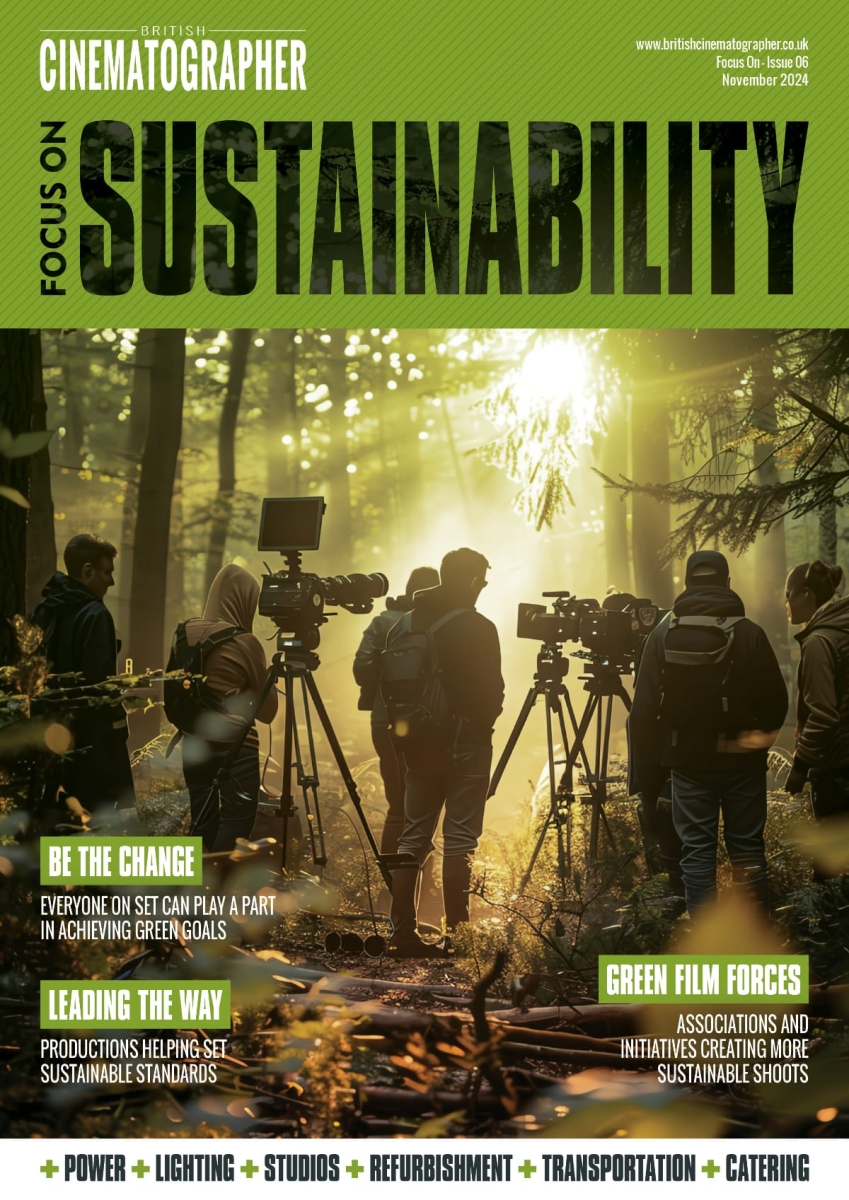
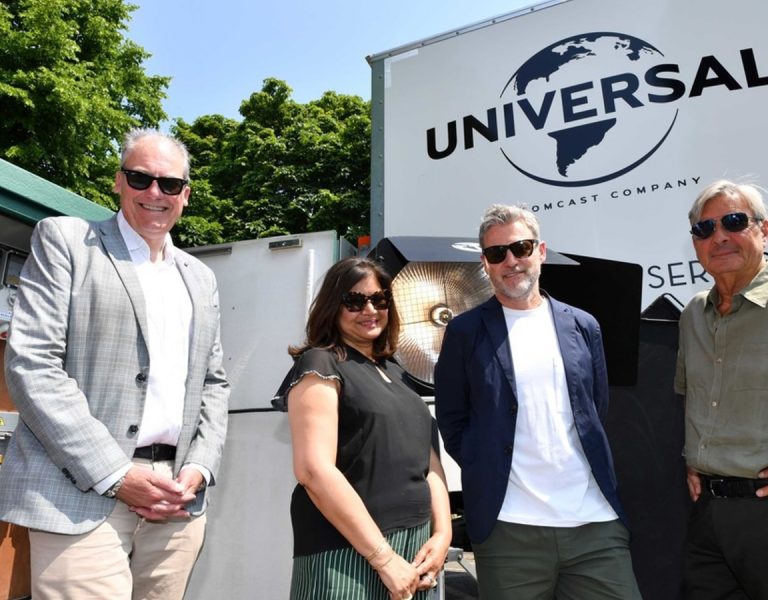
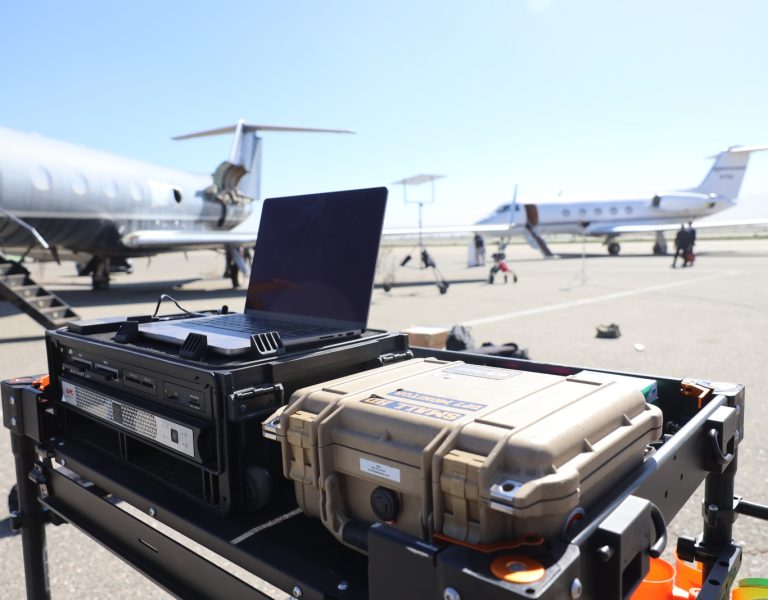
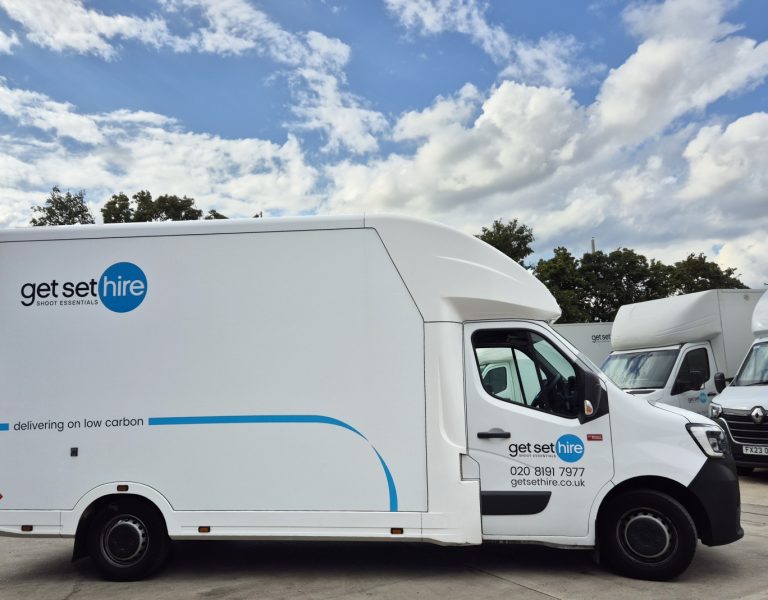
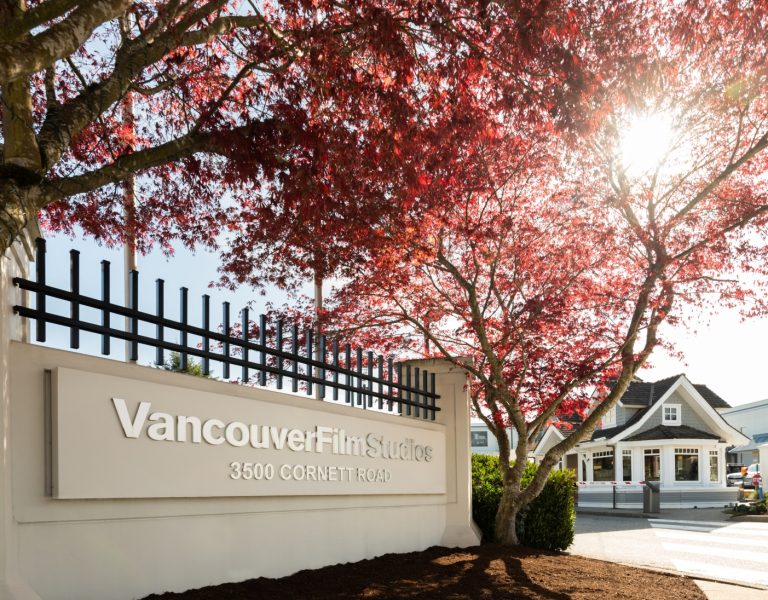
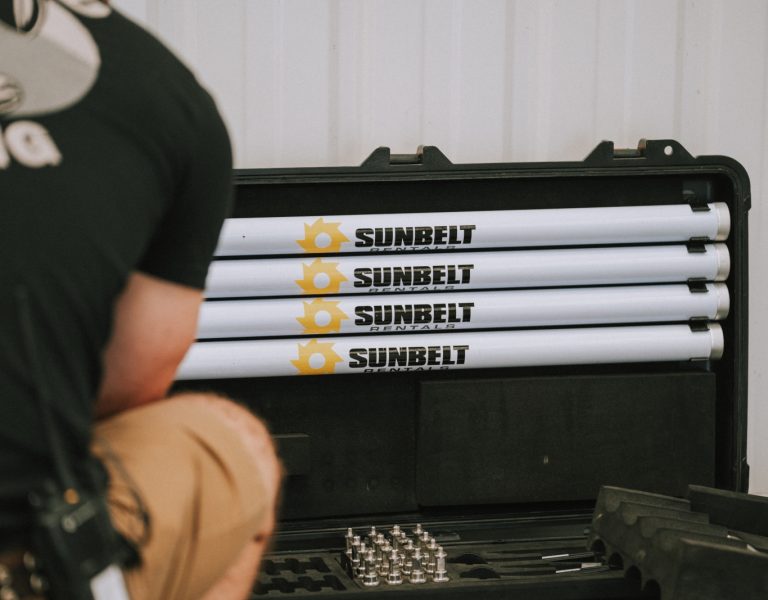
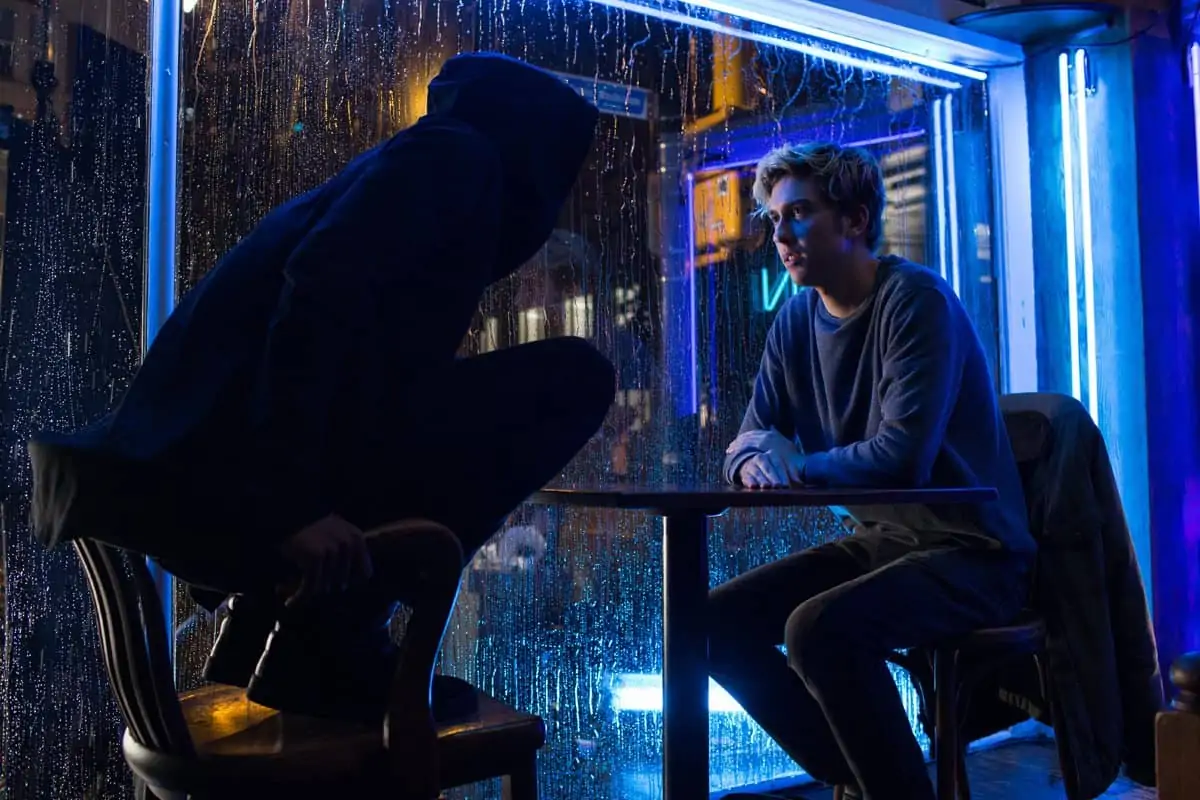
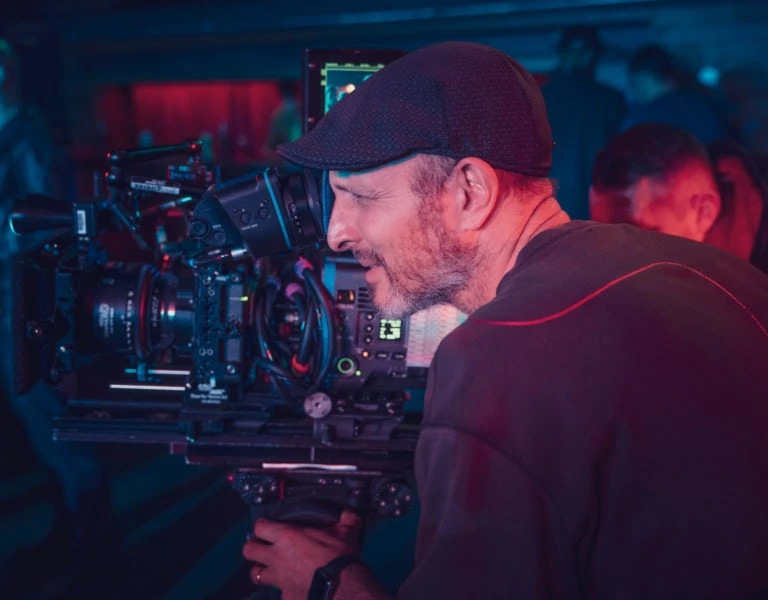
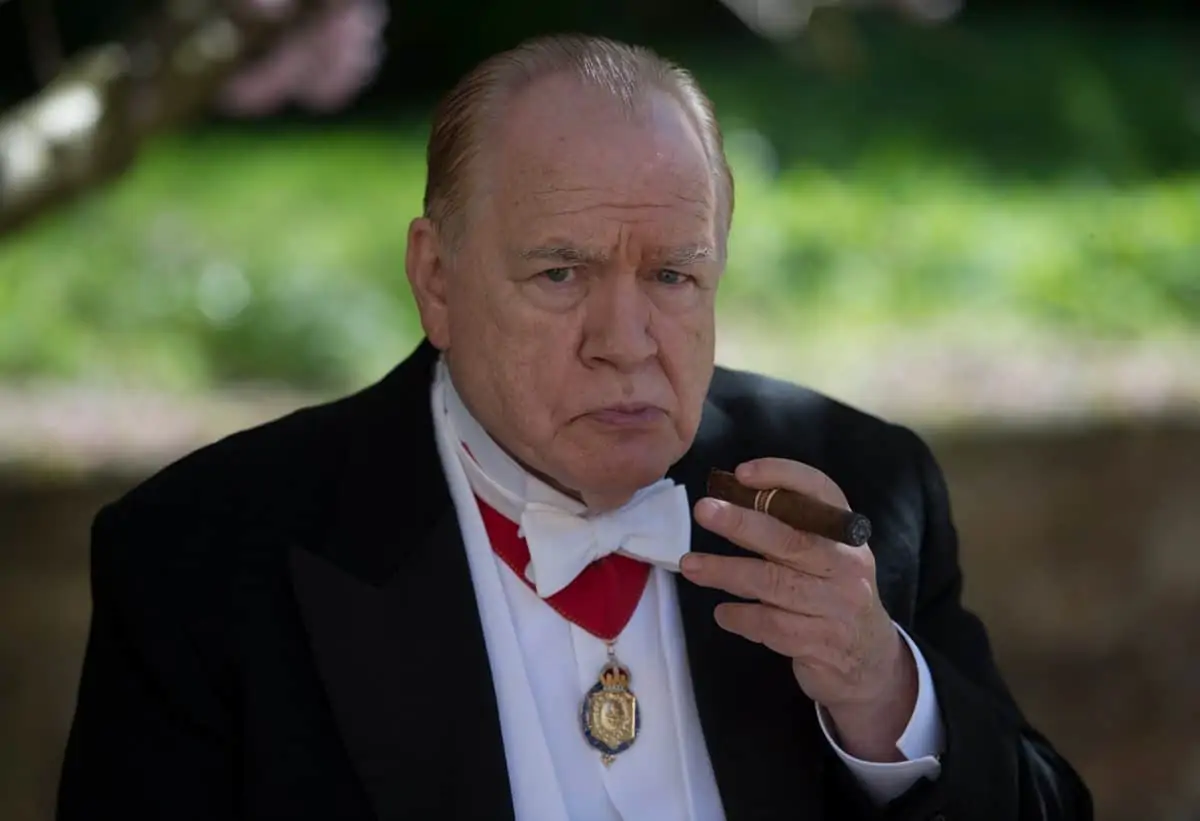

Comment / Laurence Johnson, sustainability manager, Film London